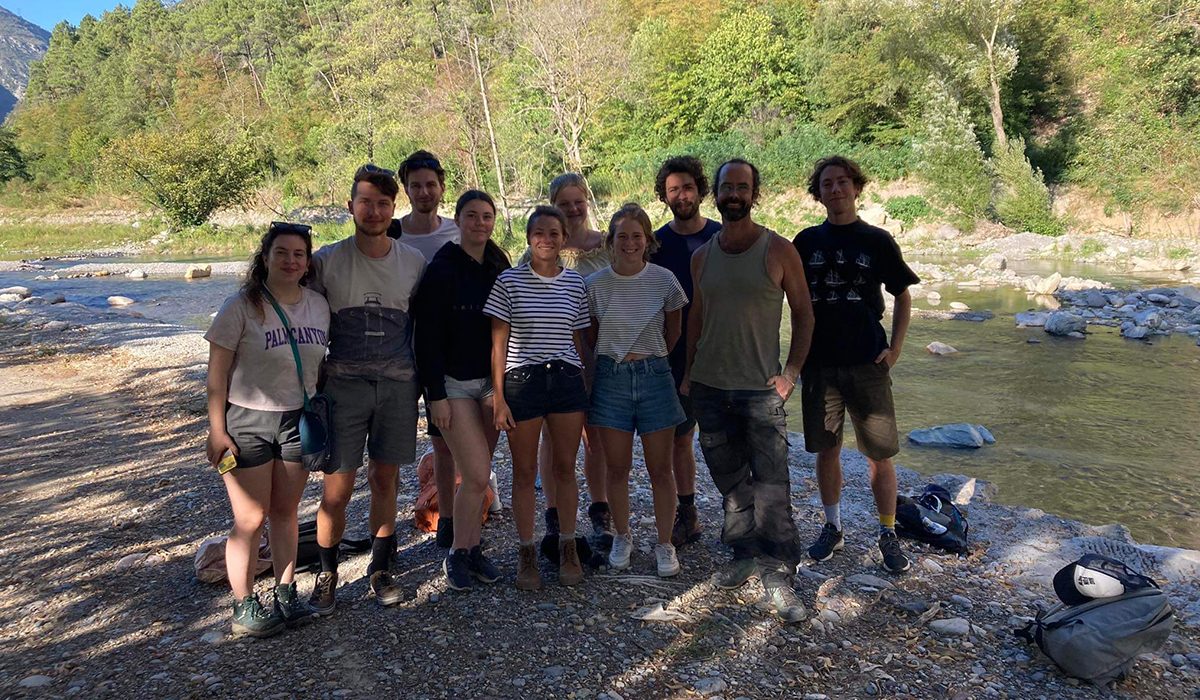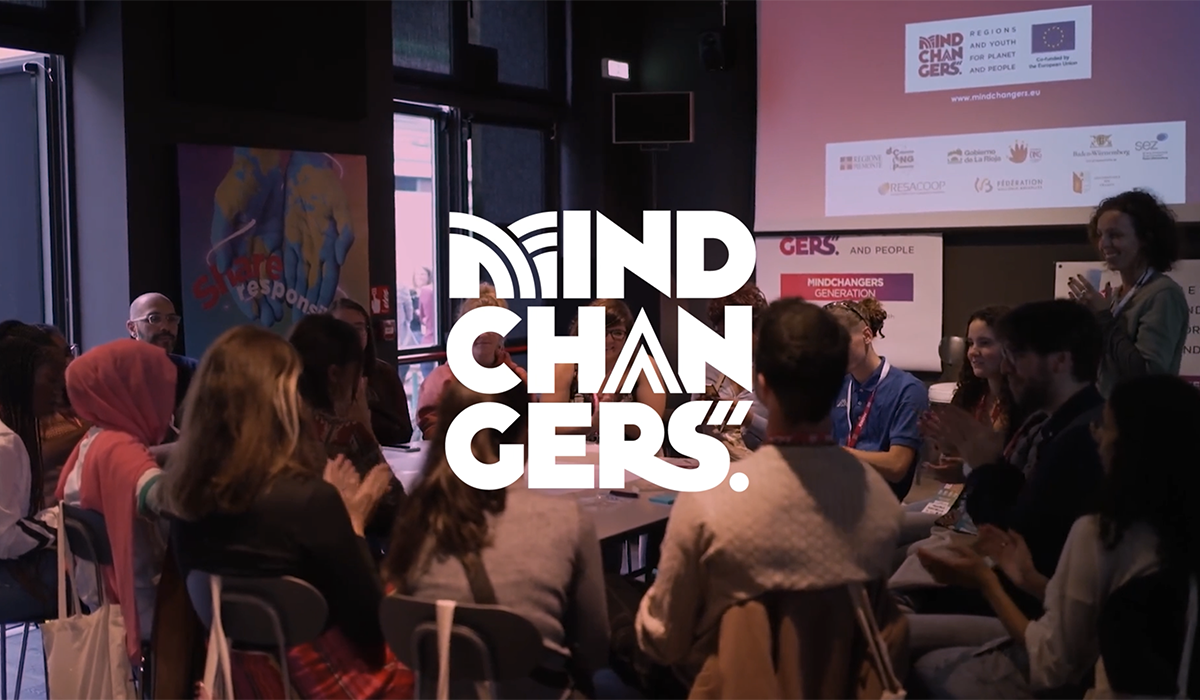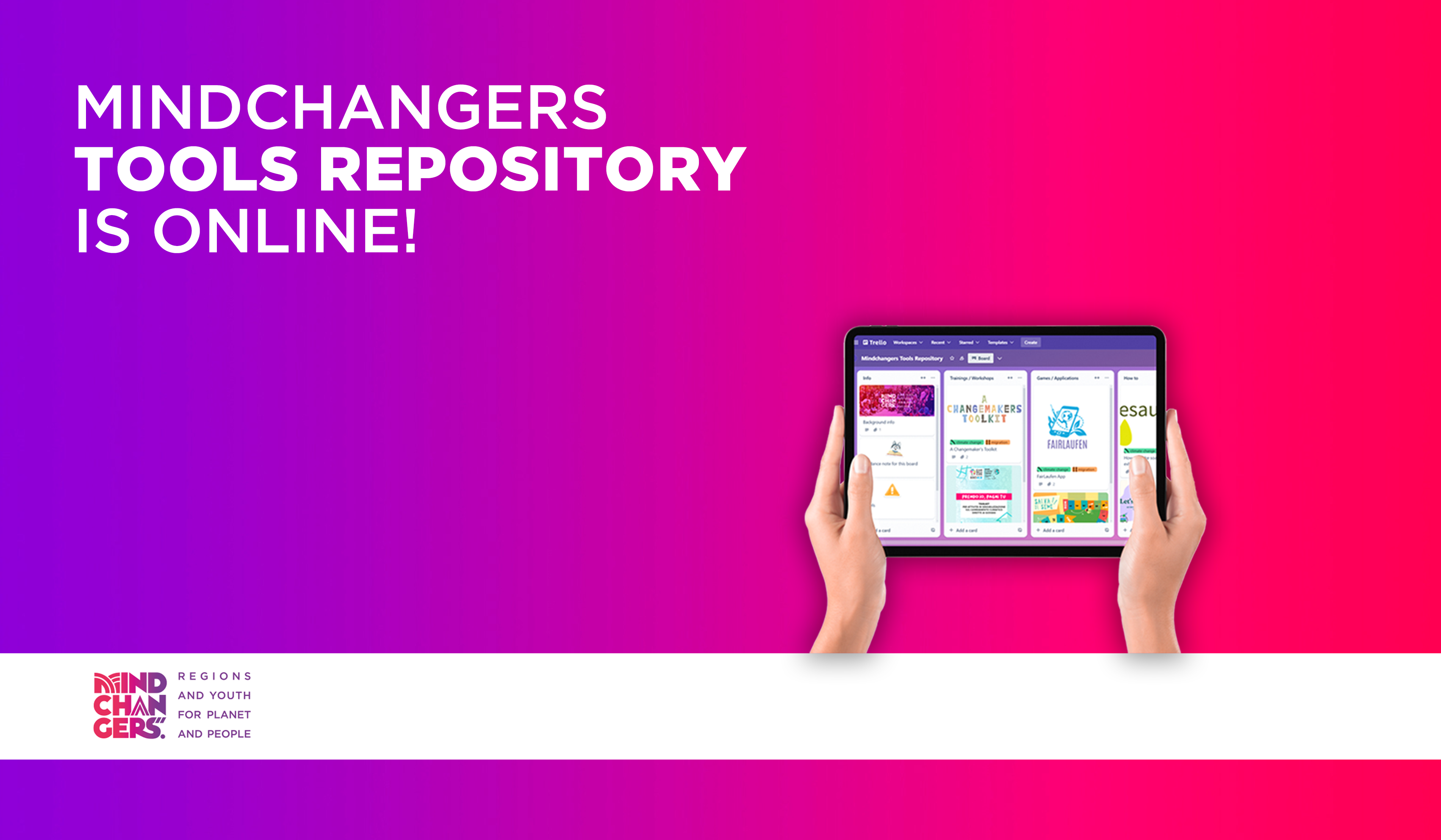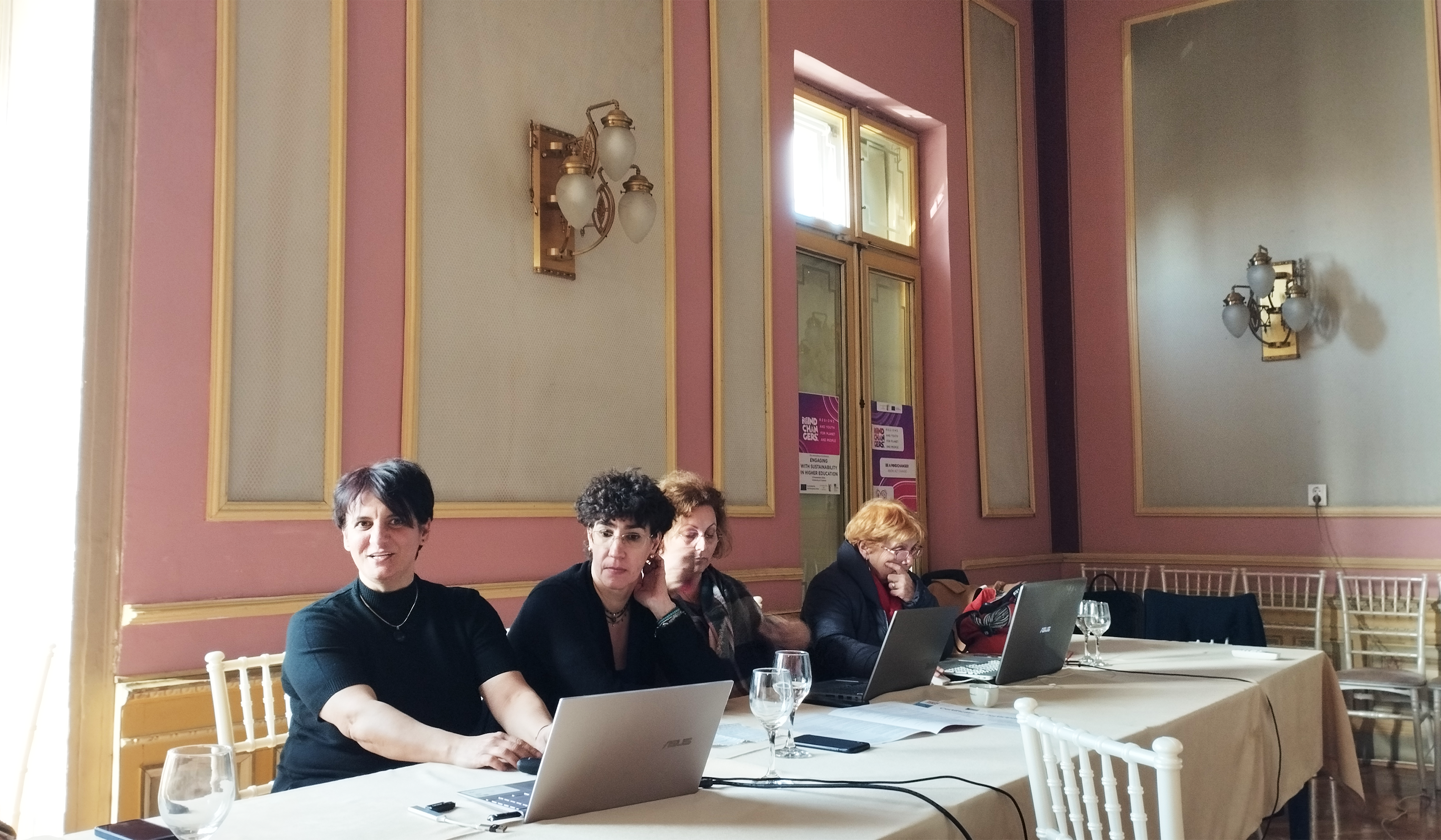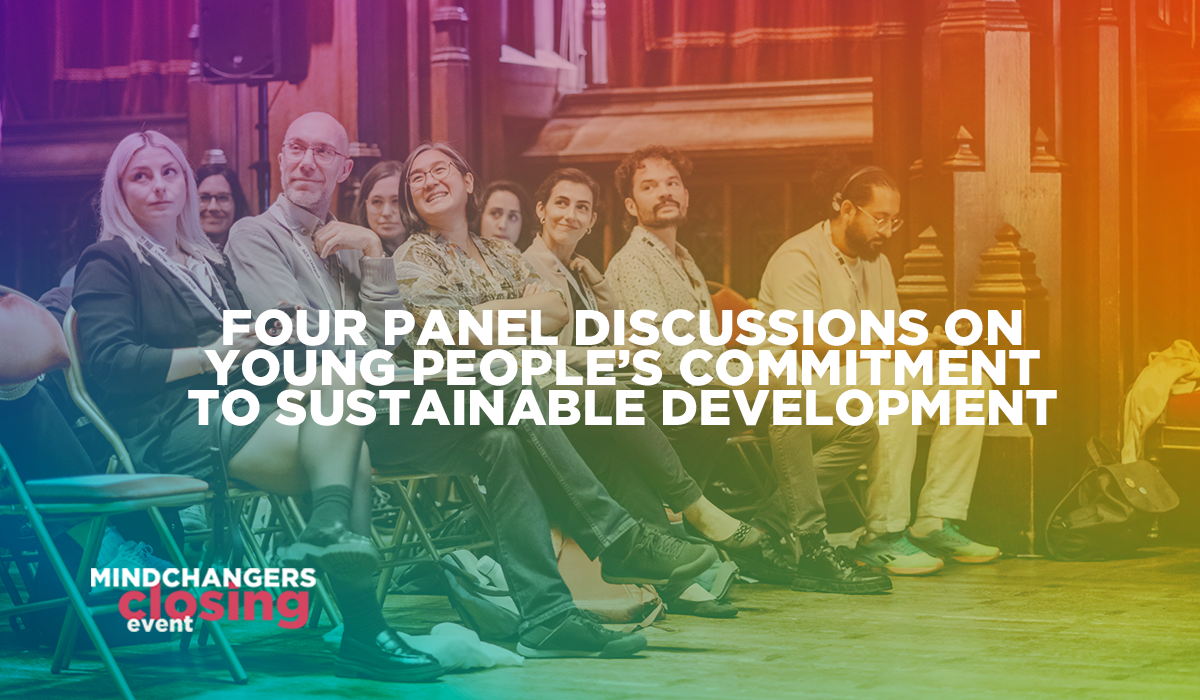Nine of us had arranged to meet on 2 September at the Brussels-South train station where the TGV set off at around 6:25 a.m. The group finally reached their destination 12 hours later, in Breil-sur-Roya, France.
Why having chosen this particular place? Because it is where many citizens’ actions take place to protect the fundamental rights of migrants. The Roya valley is a struggle zone between the extreme right, which holds a large majority in the Alpes-Maritimes department – and is not very open on the issue of migration – and the mobilisation of citizens who simply cannot remain indifferent in the face of the sometimes inhuman conditions that exist in the world.
While this is not the only place marked by this struggle, we chose it for two reasons. The first one is very pragmatic, France being a country where we can speak our mother tongue. Secondly, the group wanted to meet Cédric Herrou, a prominent French media figure in the fight for the rights of those in exile.
We set out with the idea of doing a report. To avoid humanitarian voyeurism, we clearly defined our objective: to draw up a photographic and narrative portrait of different people who are actively engaged in the region. This would in turn give visibility to some actions and more specifically to the men and women responsible for carrying them out. In any case, we realised that, on a migrant route, there are things you cannot miss.
We met O., a board member and volunteer at Roya Citoyenne. We met L., President of Emmaüs Roya. We had many phone conversations with M., one of Ventimiglia Maraudes’ coordinators. And finally, although this was not guaranteed, we were able to talk to Cédric Herrou for a short time on the banks of the Roya. All these interviews will form the core of our report.
We left the valley on 9 September and our train was due at 12 pm the next day. On the way back, we stopped in all the places that had been mentioned in the interviews: border police, funeral sites, authorised crossing points (or rather, border checkpoints), etc. On the evening of 10 September, each of us was lucky enough to be able to say “I’m at home now”.
What do we take away from of all this? A sense of revolt and a desire to get engaged. We have listened to some fascinating people. But we have also seen some shocking things, without even looking for them: mattresses under bridges, tents on cobbles, raids on trains, openly racist comments by police officers… It is one of the realities of this place.
All of our photos, interviews and experiences will be at the basis for a fanzine documenting the struggle and telling the story of our experience. Stay tuned.


